
Mobile health interventions are helpful to patients receiving medications that reduce cravings, but what about adherence-focused monitoring?

Mobile health interventions are helpful to patients receiving medications that reduce cravings, but what about adherence-focused monitoring?
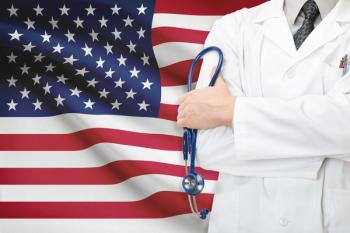
Opioid-dependent patients presenting to an emergency department for other medical reasons are more likely to pursue addiction treatment if a specific therapy is initiated during their emergency care stay. What therapy are we talking about?

Physicians recognize many features of schizophrenia, but one neglected area is the common symptom of a poor self-other boundary-in fact, this has also been neglected as a criterion for the DSM.
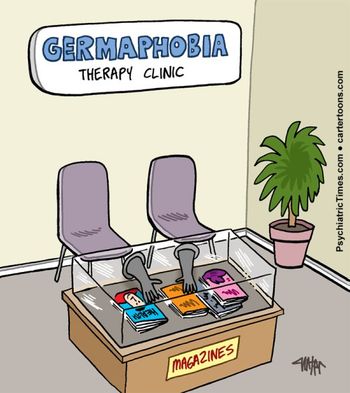
Some novel ideas for the therapy clinic.

Although delusional jealousy was described as an initial symptom in Alois Alzheimer’s first case report, little is known about its clinical features and prognosis in dementia.

There is a myth circulating in the blogosphere-usually among the most extreme critics of our profession-that there exists some monolithic entity called “Psychiatry” (with a capital “P”).

A beautifully detailed algorithm for treatment options in bipolar disorder is described.
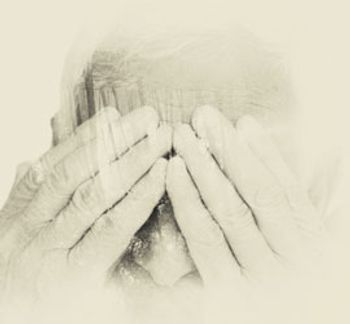
Although a number of observational studies point to an association between conventional antipsychotic agents and increased risk in older patients, new research suggests such findings may have been flawed.

There is no worse death than a hospital death. This requires preparation and preparation requires recognizing that dying is a necessary, and indeed desirable, part of life.

To determine a treatment plan, psychiatrists may consider the social and cultural context before they attempt to formulate an assessment and diagnosis of depression or another psychiatric disorder. The Cultural Formulation gives us the tools to do just that.

Many older adults experience loneliness, profound psychosocial changes, and loss. Screening, recognition, and treatment of mood disorders in late life significantly decrease morbidity associated with many problems encountered by the elderly.
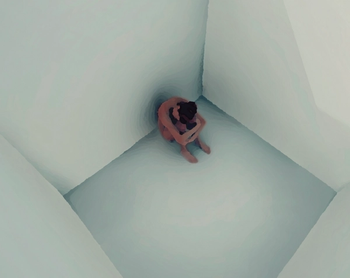
Findings on mood disorders, and the disability associated with it, speak to the need for effective treatments for depression.

Multiple perspectives are required to fully understand a concept. This seems to be the growing consensus with the schizophrenia spectrum disorders.

So many had stared at John Nash, for different reasons, at different times. Now that his own stare is frozen in time, the challenge is to understand the meaning of the stares that he had received during his life.
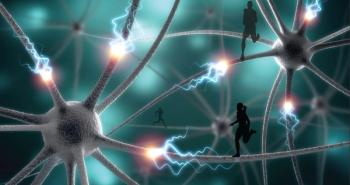
This Special Report focuses on the psychiatric and medical interface of some common medical problems.

Depression and diabetes can prey on the shortcomings of our health care system, such as fragmented, episodic care and poor continuity. Coordinating care can be fraught with difficulties, but it is the goal of many current efforts in health care reform.

The prevalence of chronic hepatitis C virus infection is among the highest in patients with severe underlying mental illness. Here: clinical information on the interface of HCV infection and psychiatric disorders.
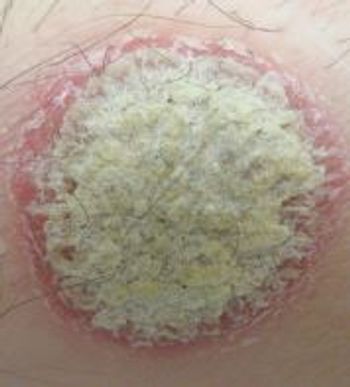
Psoriasis, a chronic inflammatory, autoimmune skin disorder, is associated with both genetic and environmental factors. It has important treatment implications for patients who have psychiatric disorders.

Identifying patients who are likely to relapse despite continued, maintenance cognitive therapy can help optimize management of MDD and also help ensure efficient use of healthcare resources.

A 2-year study found a threefold increased risk of cardiovascular disease in older patients with major depression.

With the advent and expansion of social media, we are seeing an increase in the phenomenon of mass humiliation. In this Q&A, we learn what surprised the author of a book on public shaming.

In this article, the author covers some basic mapractice concepts and briefly address 2 key issues that frequently arise in the course of psychiatric malpractice litigation: documentation and the defendant psychiatrist’s deposition.
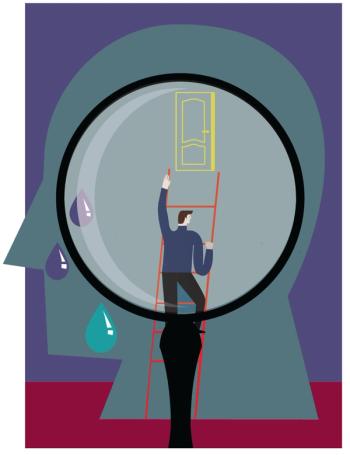
After being sued for psychiatric malpractice and enduringa 4-year roller-coaster ride of fear, hope, hard work, anxiety, and detachment, the author passes along lessons learned.

It is a source of shame for our nation that for most Americans in need-especially those with serious mental illness-the mental health system is dysfunctional. Nevertheless, we can fix some of the ways the system is broken.

Must clinicians presume that all their female patients of reproductive age are potentially going to become pregnant? And if so, what treatment option should be offered?
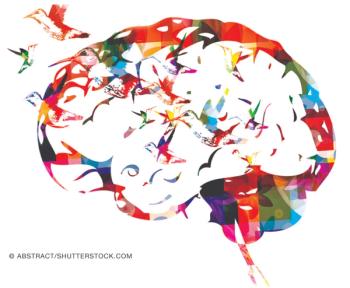
Intellectual disability affects an individual’s functioning in everyday life. The risk for a psychiatric disorder is greater in persons with ID than in those with intelligence in the normal range. Here: the latest information on ID.
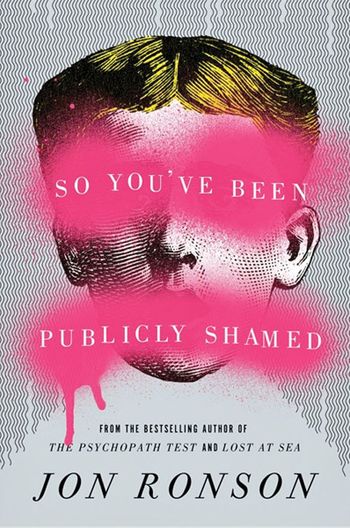
When our patients share their misdeeds with us, real or imagined, we can point them to examples of people who have experienced profound shame and managed to put their lives back together.
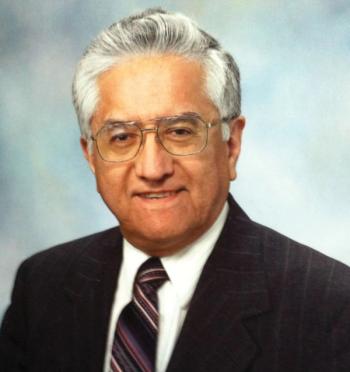
It is truly an honor-and a pleasure-to welcome 5 psychiatrists to the Editorial Board of Psychiatric Times.

College mental health is not just a matter of identifying problems but also of creating a community of students, families, friends, mental health professionals, faculty advisors, and many others to help students gain psychological resiliency.
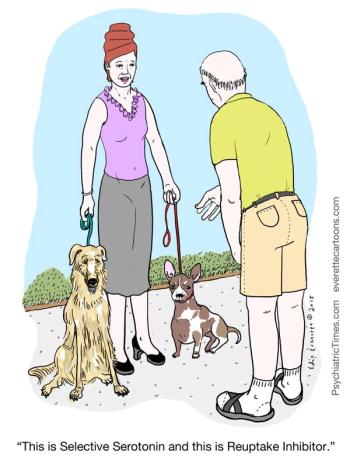
Which one is Selective Serotonin and which is Reuptake Inhibitor? Some Friday fun.